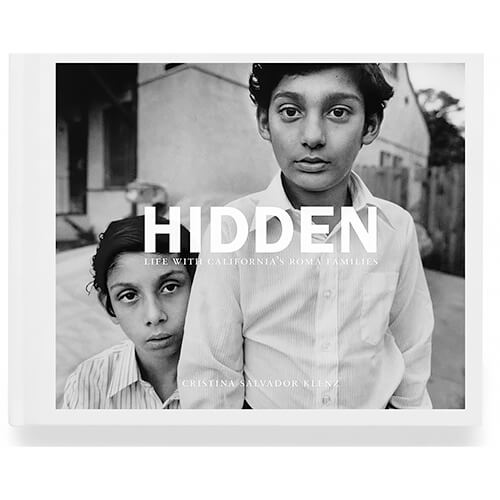Fifty-five years after famed photographer
Josef Koudelka published his
seminal work,
Gypsies, documenting European Roma families, California photojournalist
Cristina Salvador Klenz brings us a similar collection of rare, intimate black-and-white images—this time
featuring the Roma families living up and down the West Coast.
Hidden: Life with California's Roma Families is the first photography book to feature Romani
Americans, and was released just in time for International Romani Day, on April 8, 2022.
By taking us behind the scenes of an ethnic minority largely unknown and yet routinely reduced to
stereotypes by mainstream America, Klenz captures the celebrations, social structures, and struggles of a
culture that has survived centuries of discrimination and persecution.
Said Klenz:
“I am hopeful that Hidden can help bring a greater awareness of Romani-American history
and help increase inclusion and awareness of Romani culture on many levels.”
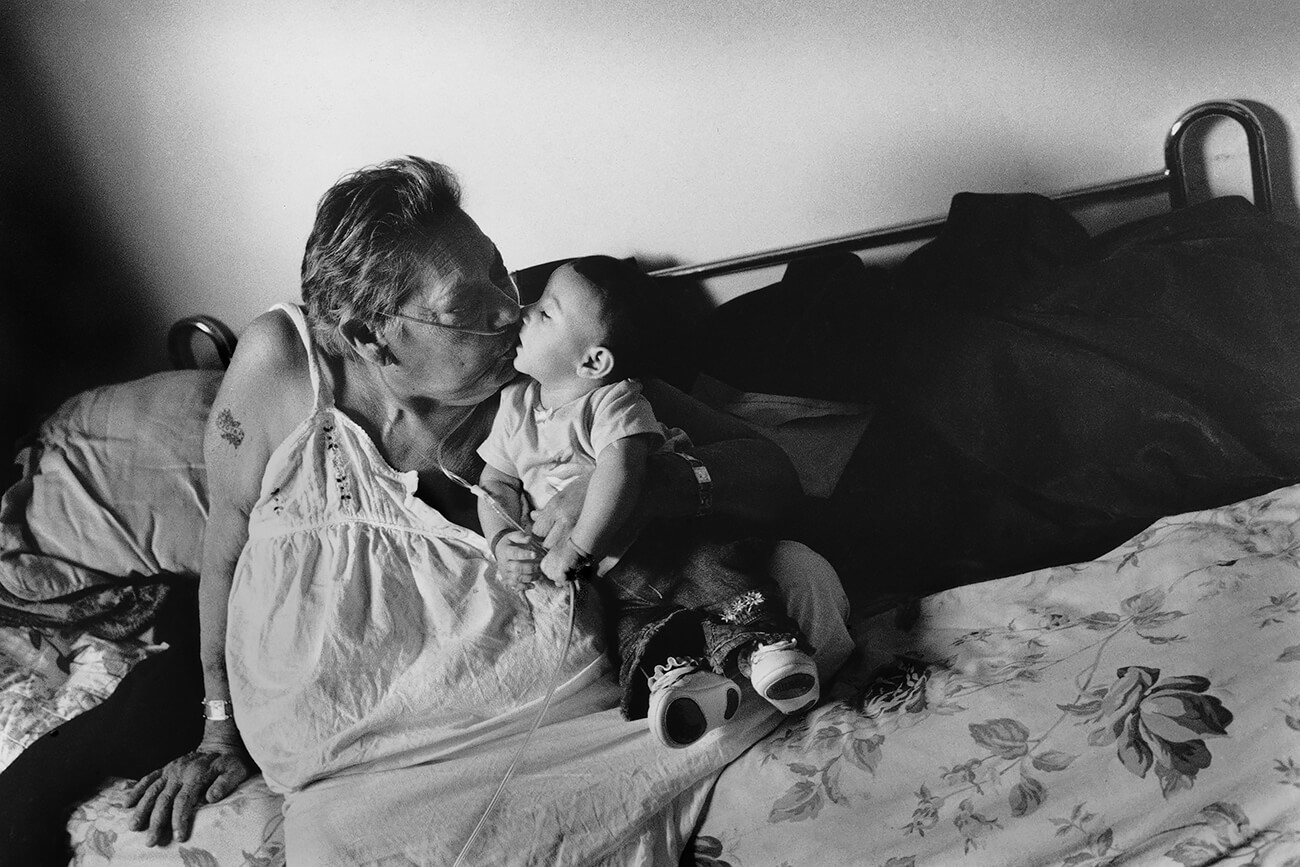
Kiss Rachel © Cristina Salvador Klenz
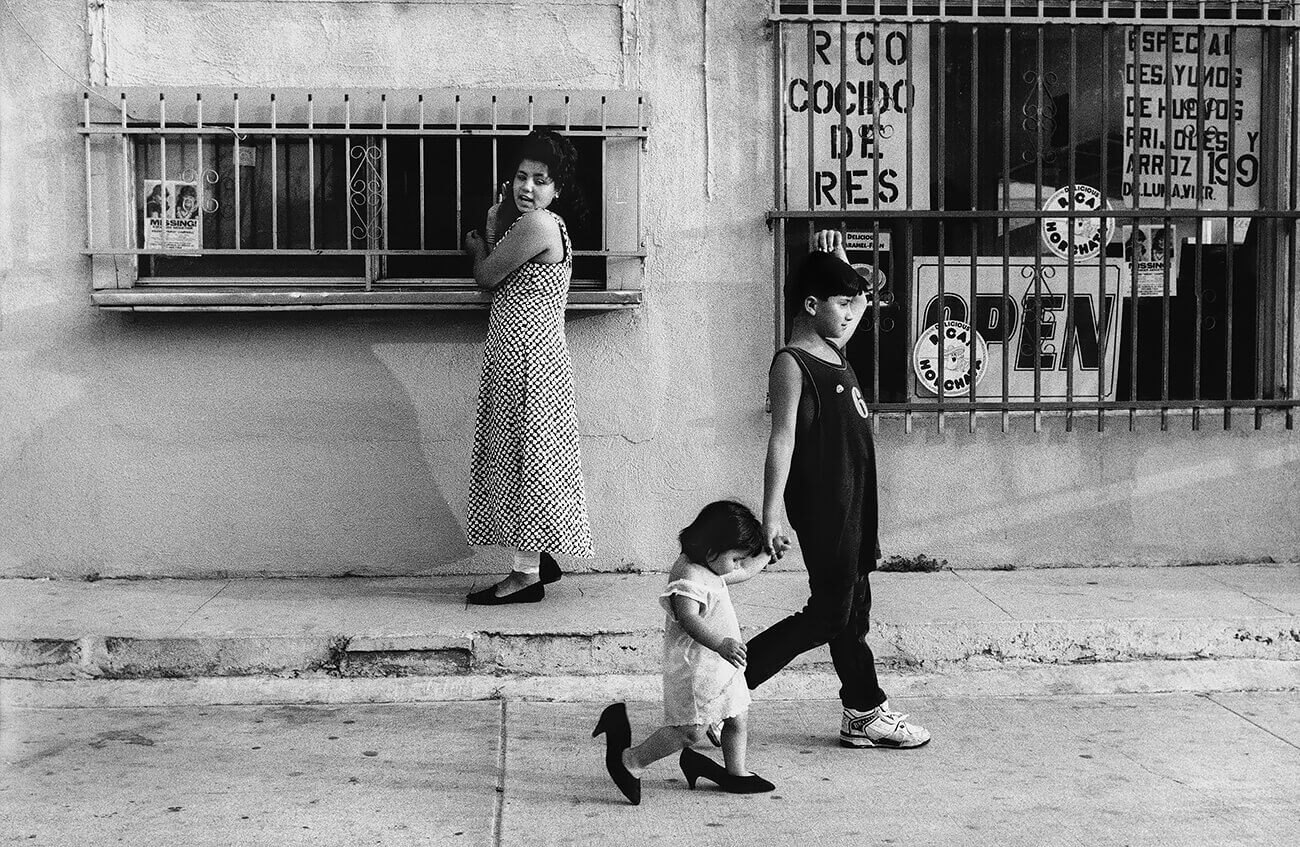
Heels © Cristina Salvador Klenz
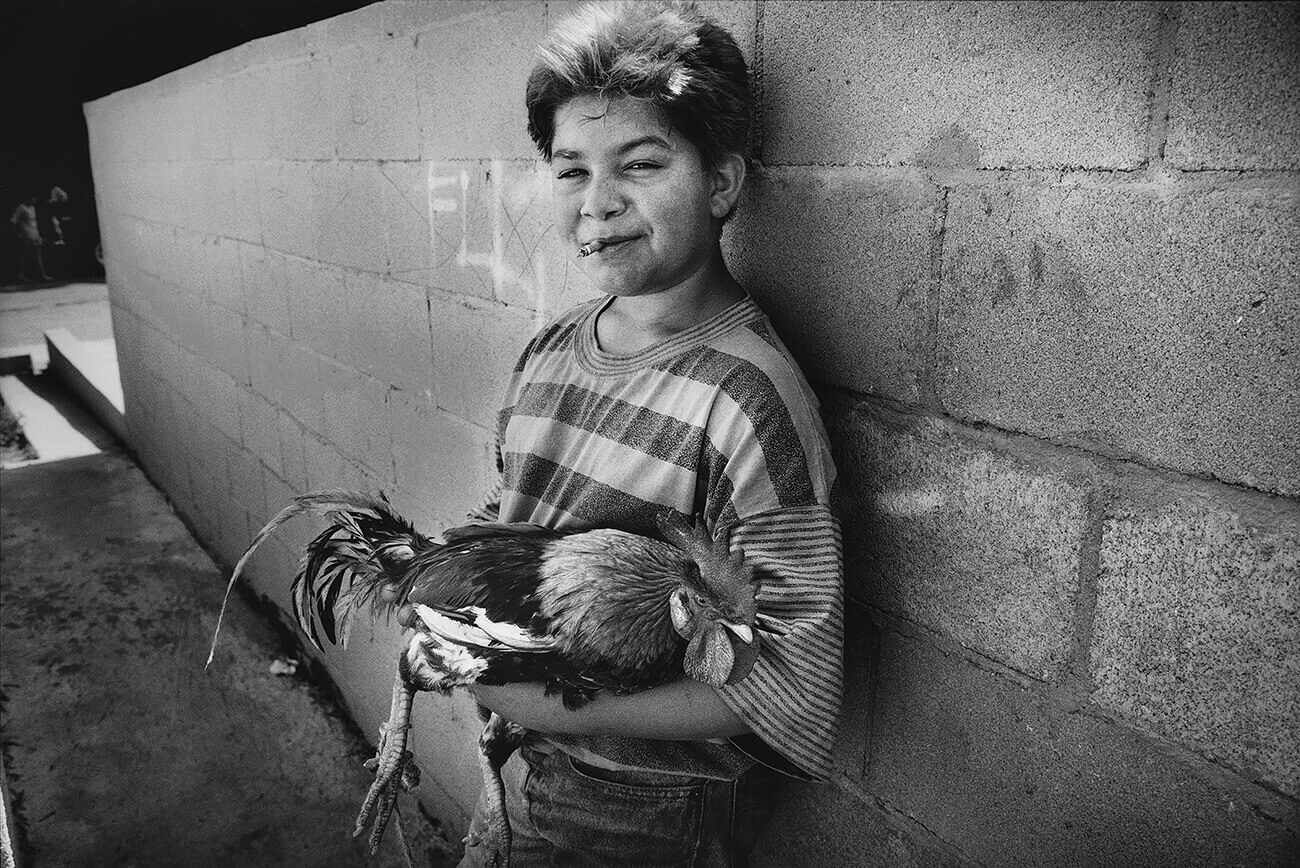
Pet Rooster © Cristina Salvador Klenz
Beginning in 1990 and working as a staff photographer for the Press-Telegram, Klenz spent several years
following a number of families belonging to various “nations” of Roma and documenting their lives on
black-and-white, 35mm film
With a foreword by Ian Hancock, widely considered the worlds' preeminent Romani scholar,
Hidden also
provides historical and social context for the book's 111 photographs. It was lavishly printed in duotone
by Italian printer Editoriale Bortolazzi-Stei (EBS).
Although the Roma are still widely known in English by the exonym “Gypsies,” this book comes amidst
a global movement away from the word, which is increasingly considered an offensive pejorative.
Since their exodus from India more than a thousand years ago, the Roma have migrated all over the globe.
Klenz's work features various nations, including the Kalderash and Machvaya, whose ancestors were
enslaved in what is now Romania for 500 years, until 1856; the Xoraxay, whose people arrived in
California after extended stays in Chile; the Mihais, who immigrated to the United States from Colombia;
and the Ludar, who also were enslaved in Romania and even forbidden from speaking their native tongue,
thus losing their Romani language entirely.
Given their widely divergent paths to America, many Romani-American nations today have little social
contact with each other, but the groups have been brought together in this set of photographs in the hope
that readers gain a greater understanding of Romani-American history, life, family, and tradition.
Hidden will be distributed in the United States and Canada by SCB Distributors and is
available for order now.
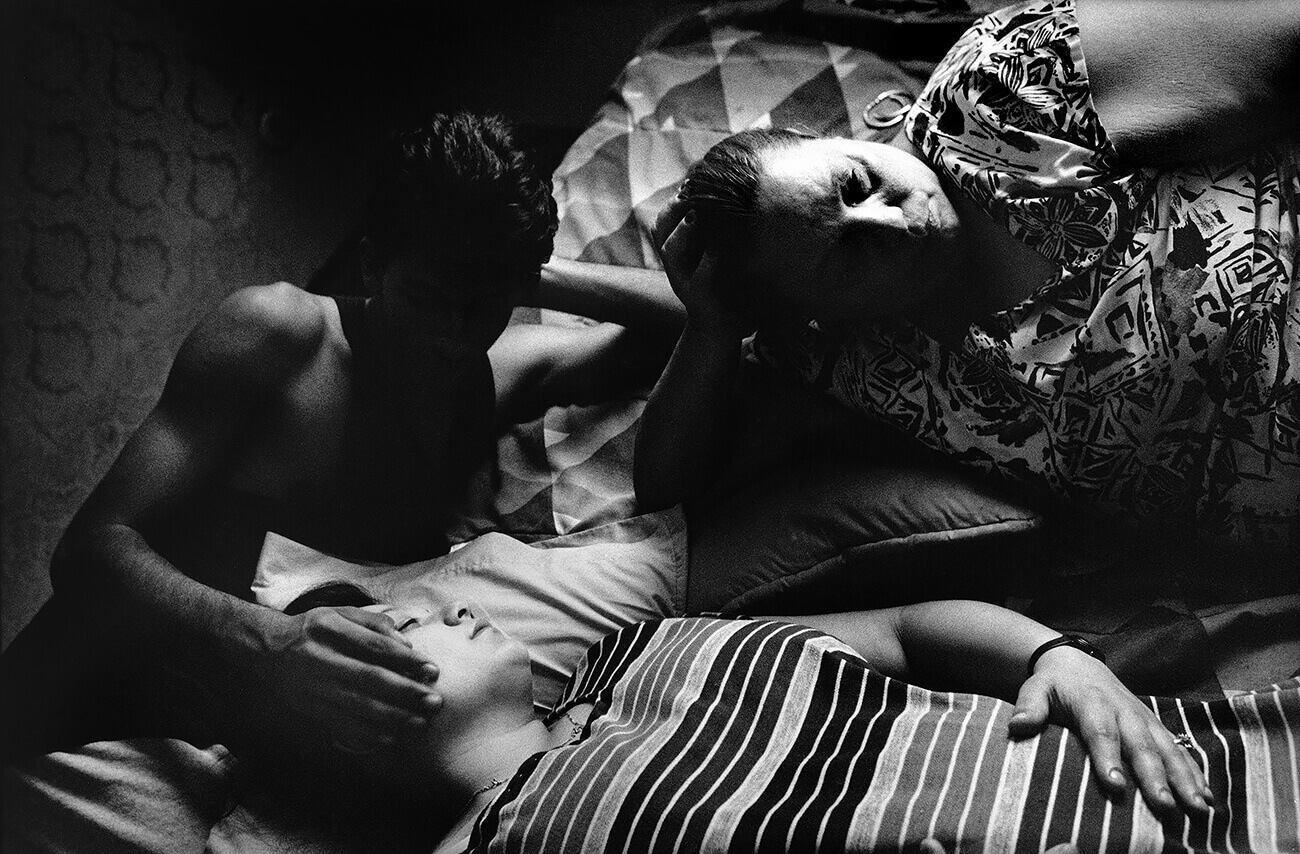
Pregnancy W © Cristina Salvador Klenz
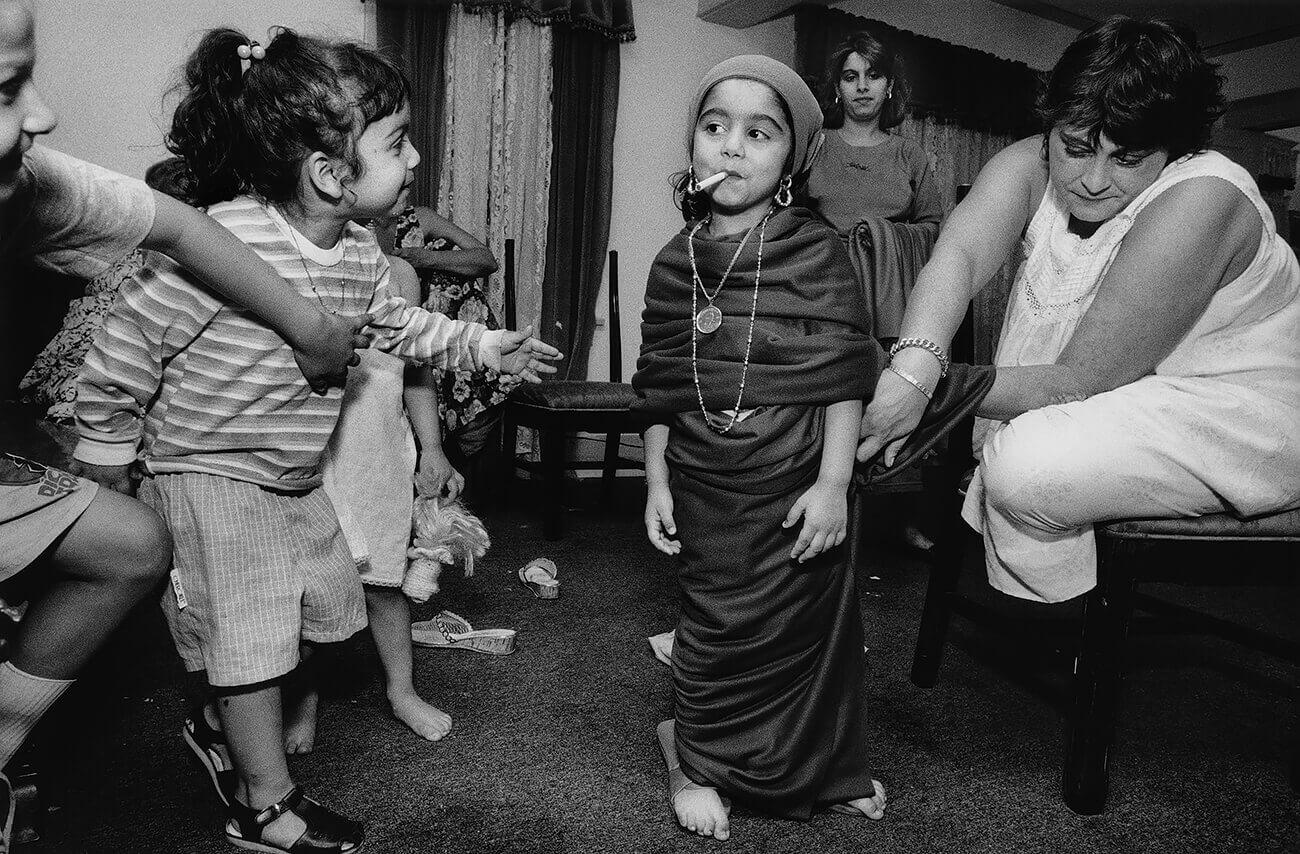
Playing Grownup © Cristina Salvador Klenz

Imitation of the Hulk © Cristina Salvador Klenz
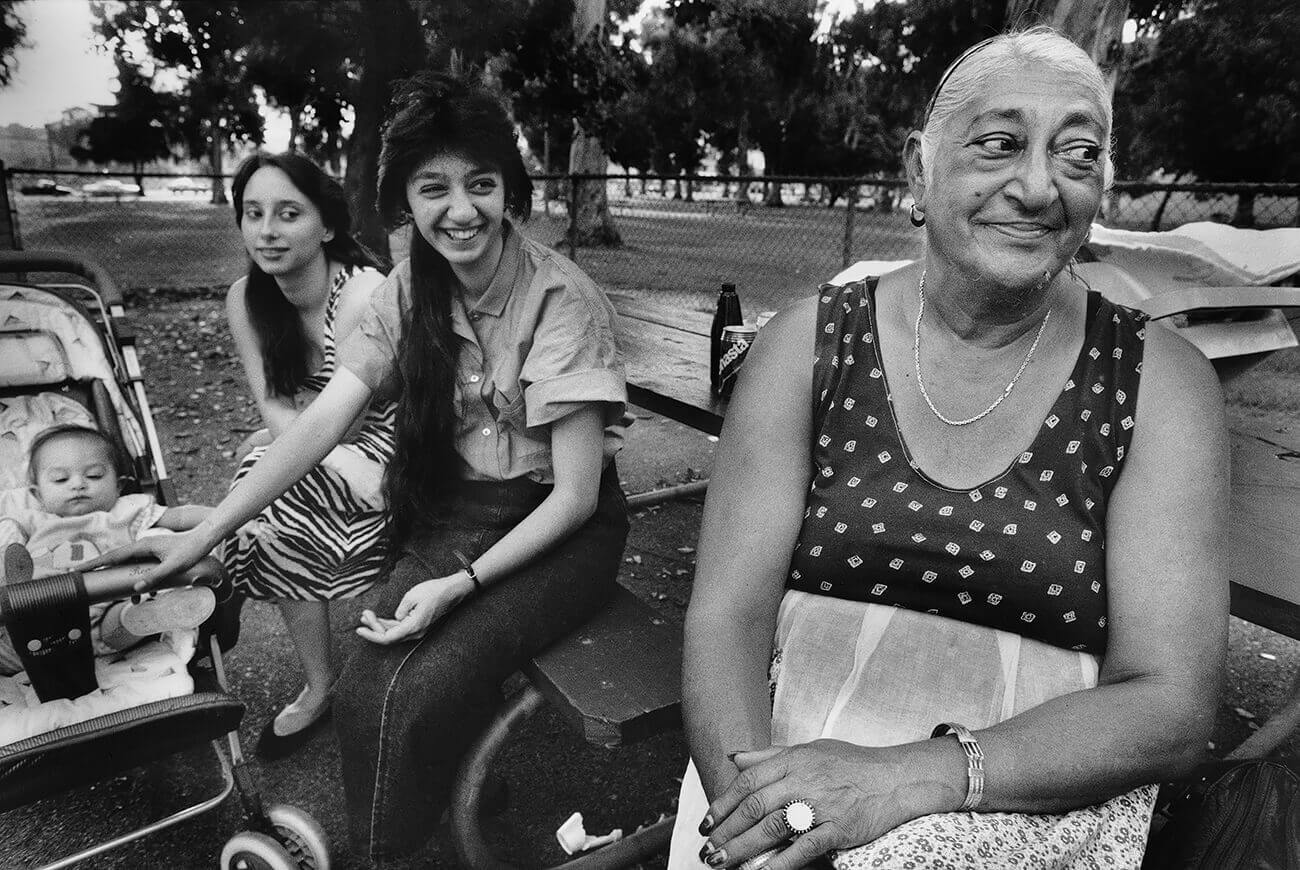
Generations © Cristina Salvador Klenz
Photojournalist Cristina Salvador Klenz has worked for newspapers
in New York and California. She was part of a team of photographers
named as finalists for the Pulitzer Prize in 1995. Born in Porto,
Portugal, Klenz immigrated to the United States as a young child. Her
documentary photography work on the Roma culture has been
published worldwide. Her images are part of the collection of the
Romani Archives & Documentation Center at the University of Texas
at Austin. She and her husband live in Long Beach, Calif., with their
two sons.
americanroma.com
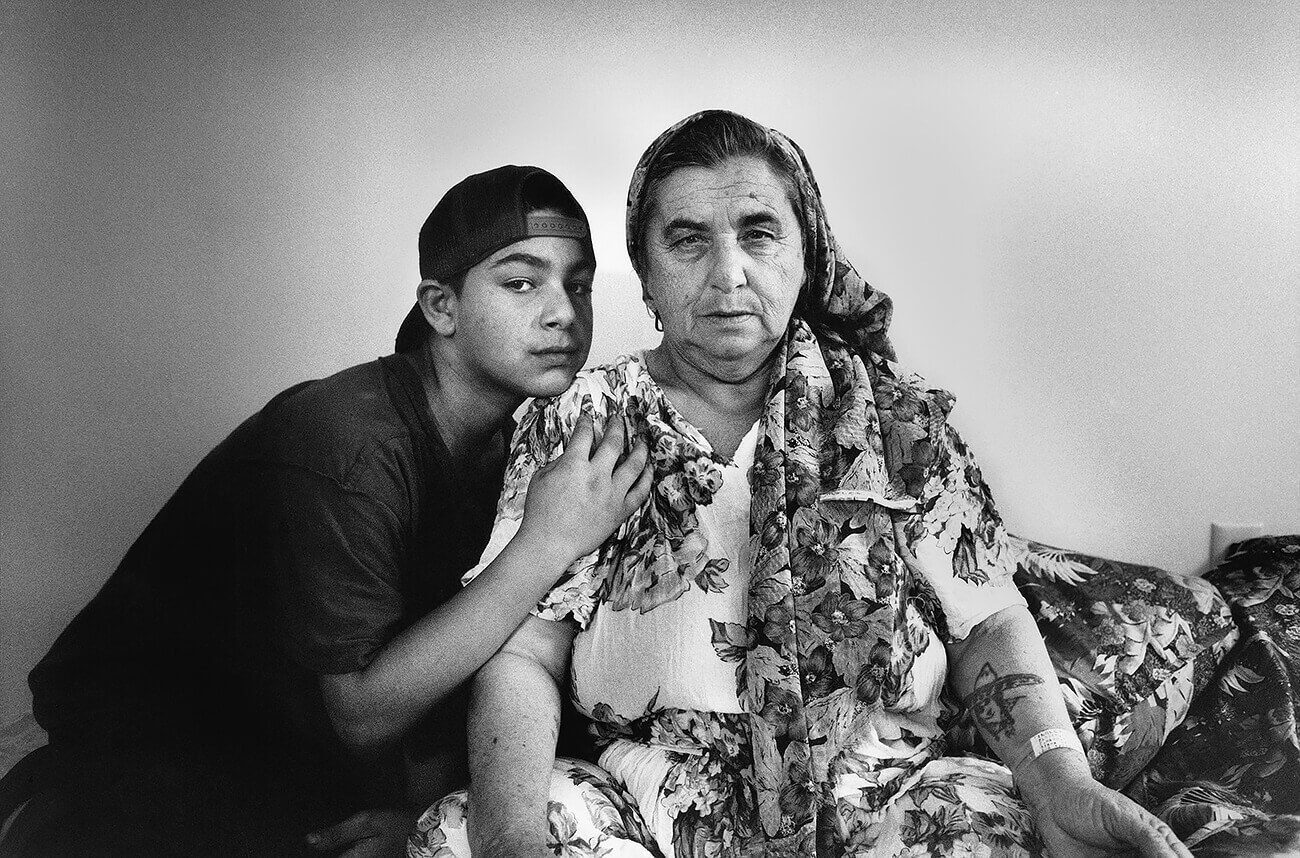
Ranchero Tattoo © Cristina Salvador Klenz
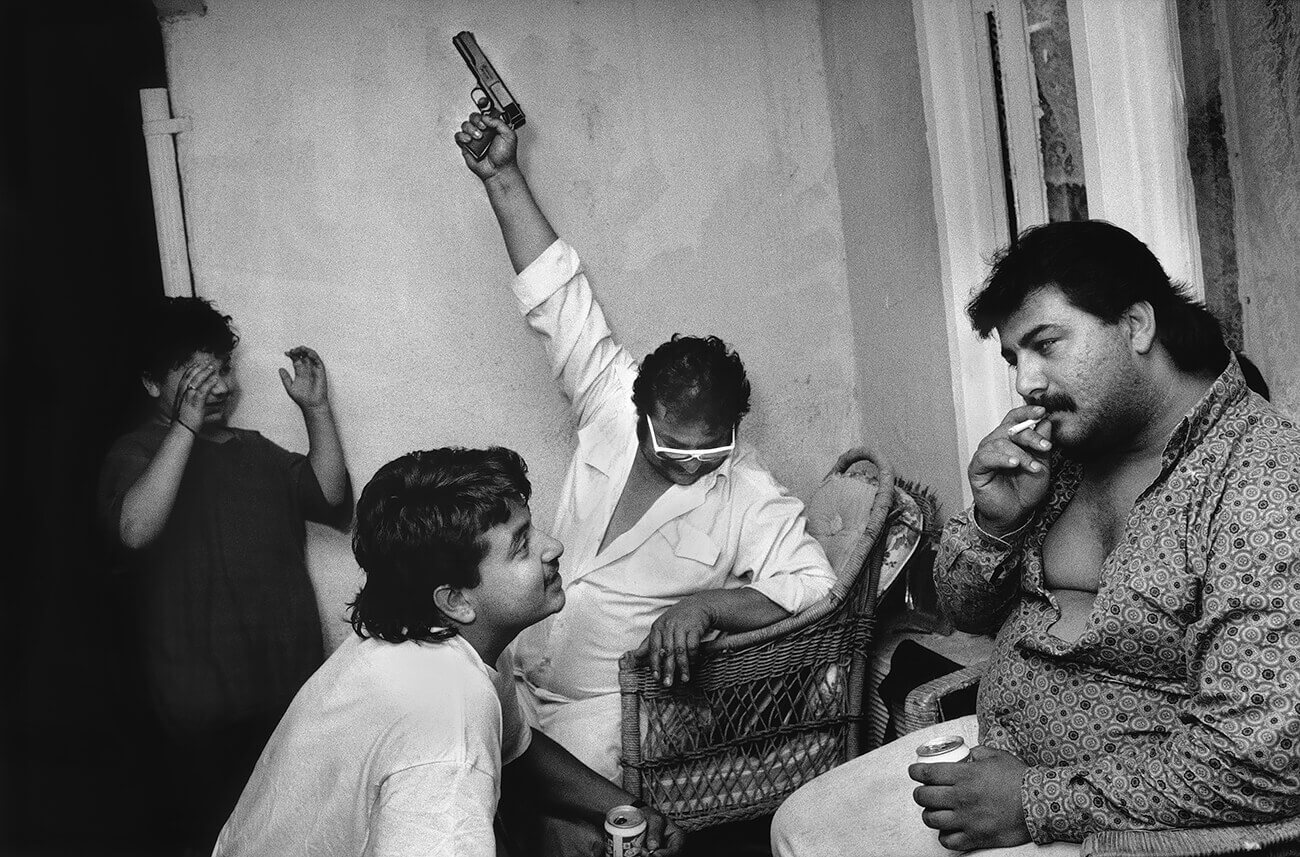
Gun W © Cristina Salvador Klenz
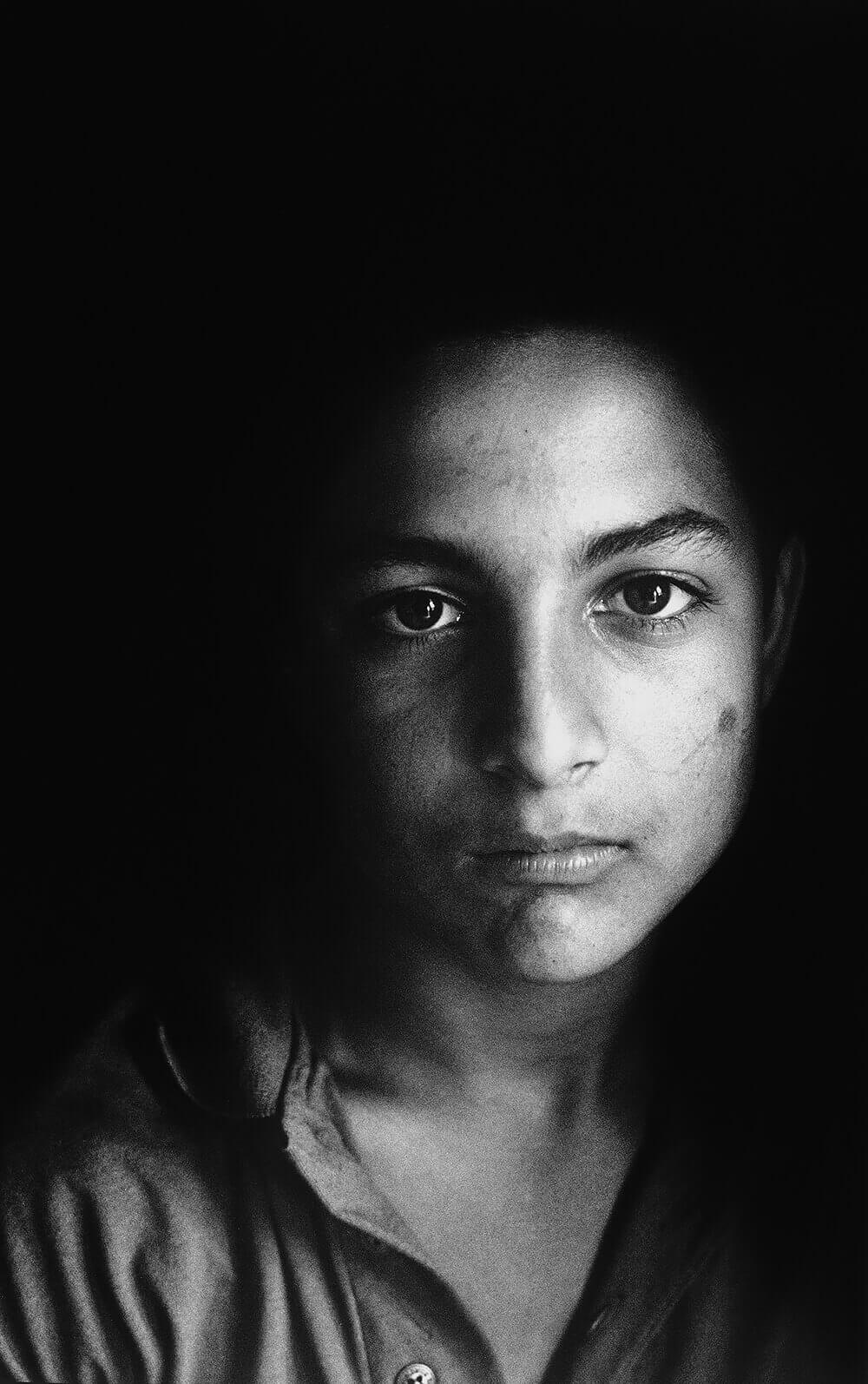
Bride's Brother © Cristina Salvador Klenz
